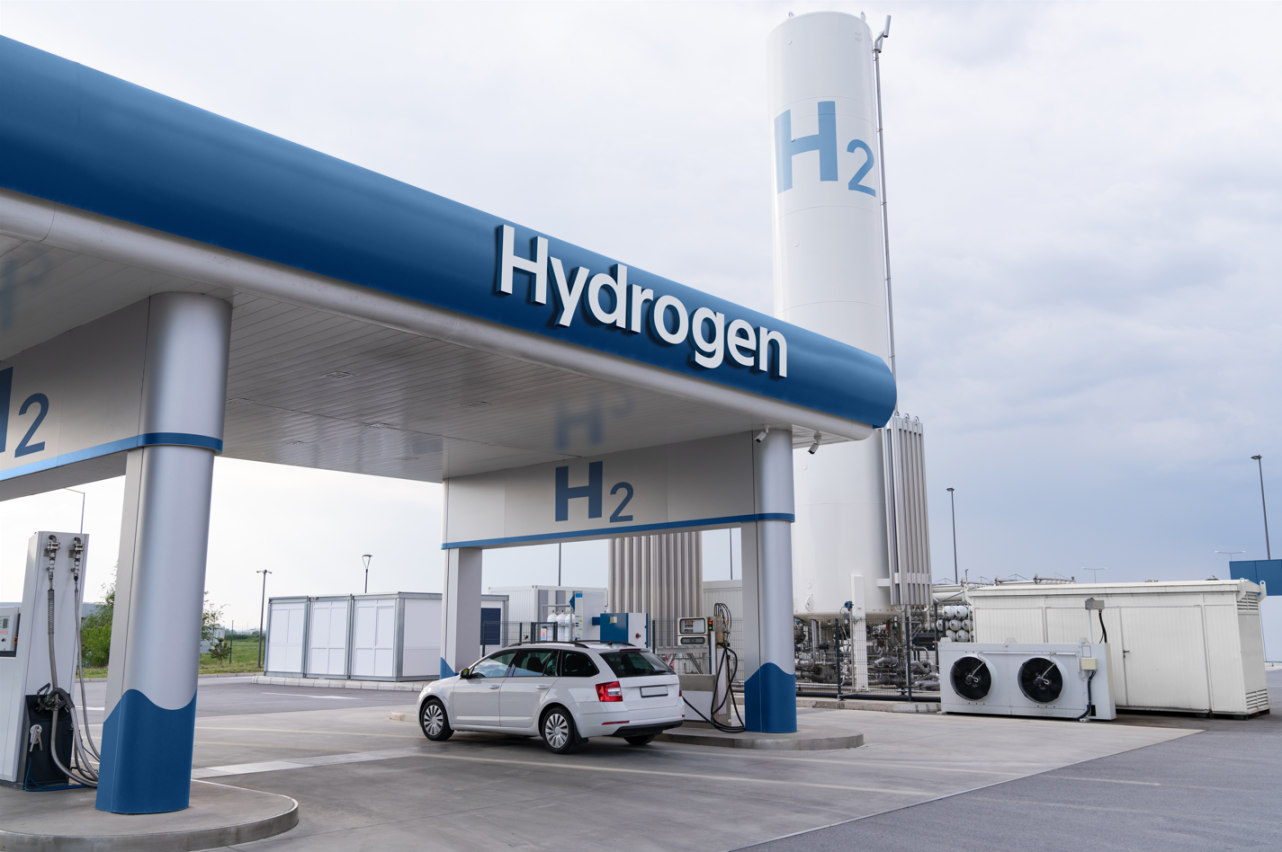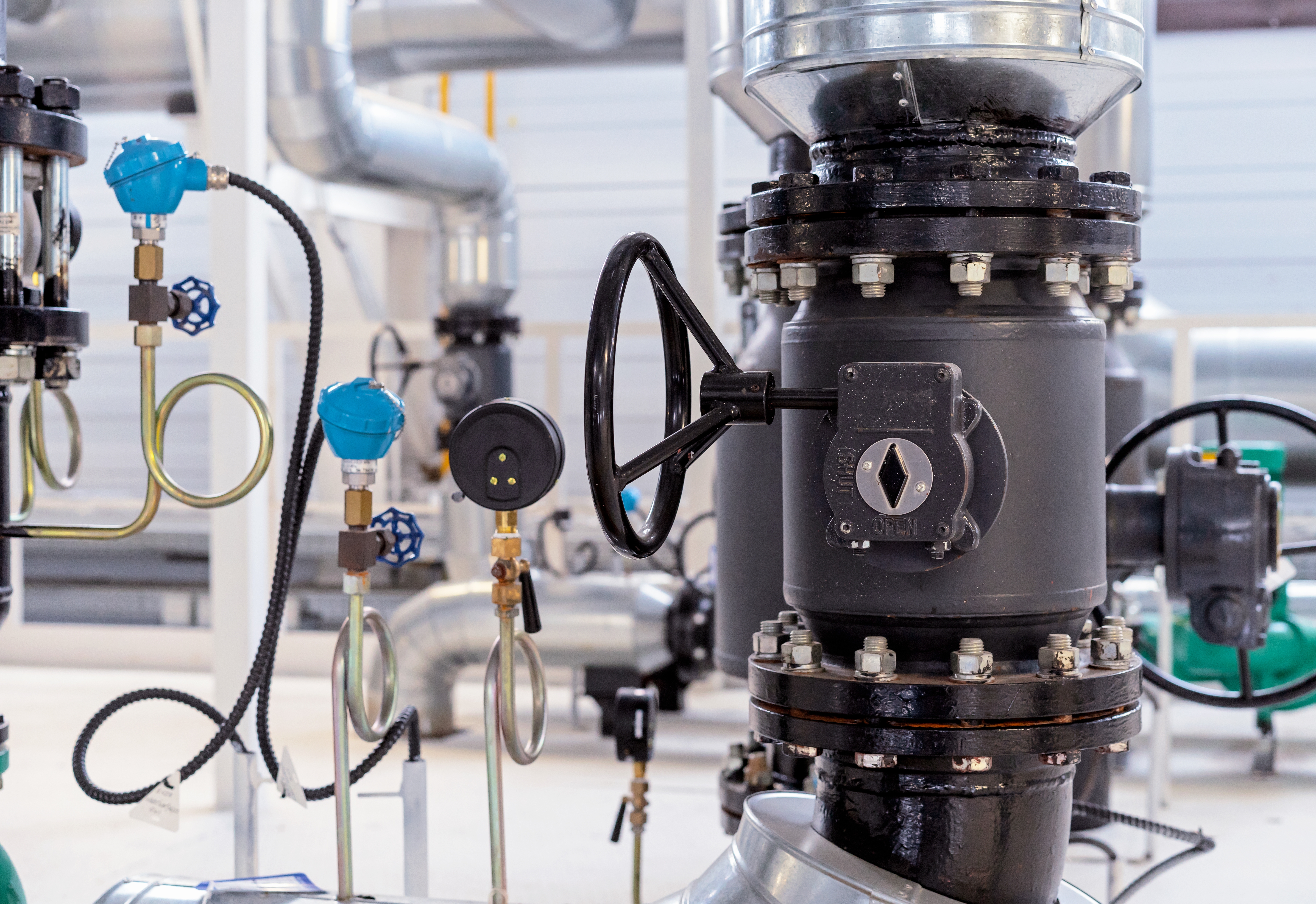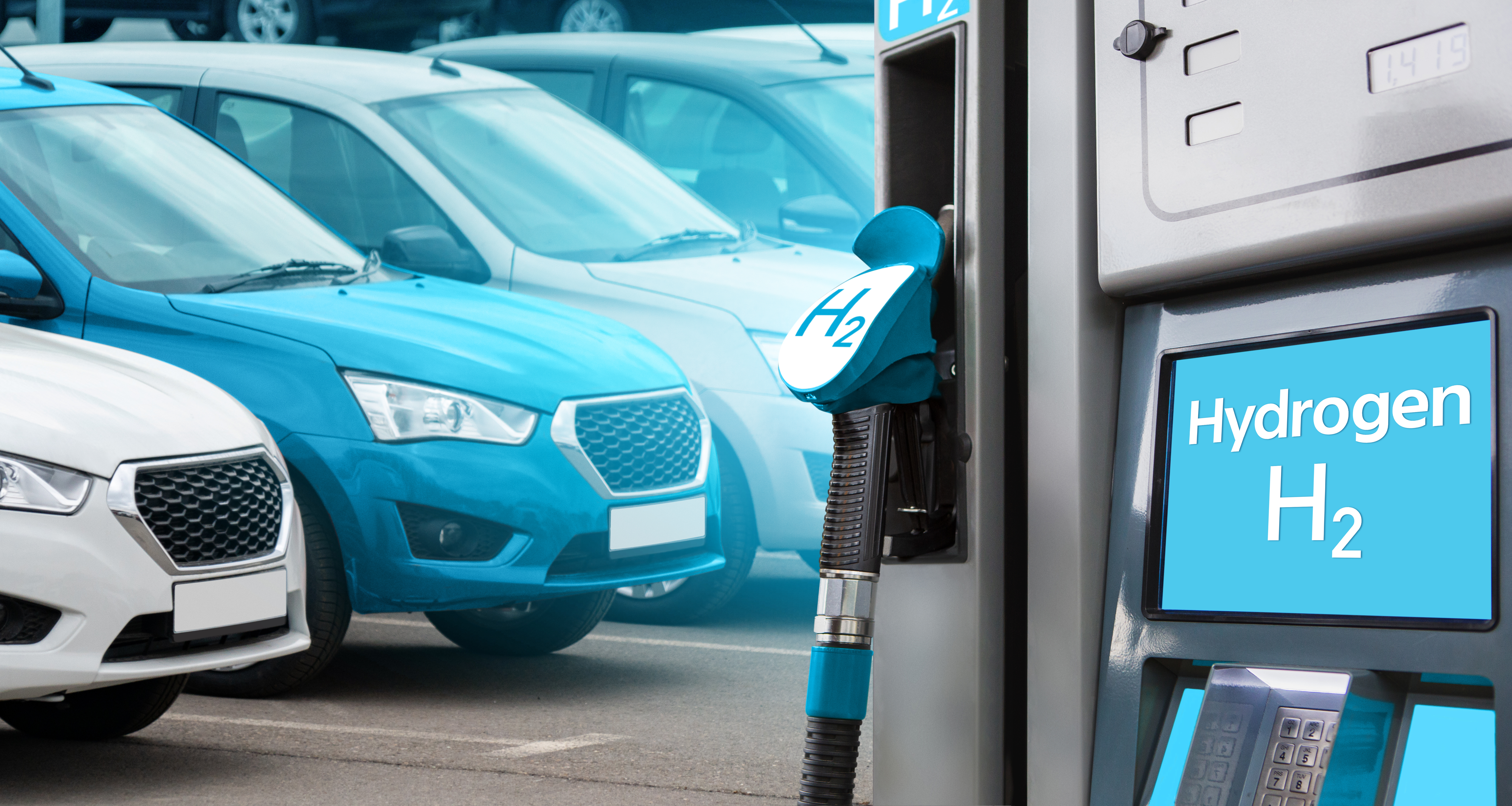Featured Articles
2024-09-20
[2024-09-20 ~
]
Hydrogen Sensors and Flame Detection Sensors Are Essential Devices for Hydrogen Refueling Stations.

A hydrogenation station's essential components include a compressor, a pressure storage machine, a pre-cooler, a hydrogen storage tank, and a hydrogenation machine. Hydrogen production equipment is optional. Hydrogen refueling stations are configured based on inlet pressure for optimal performance. The hydrogen is then compressed by a high-pressure compressor to increase the pressure and reduce the volume, typically to about 800 atmospheres, thereby allowing more hydrogen to be stored in the system and allowing the gas to flow efficiently for distribution. The commonly used technology is to use cylinders and pistons for mechanical compression, but the industry is working hard to develop electrochemical compression technology to achieve efficient compression effects.
The pressure storage machine is based on the configuration of the hydrogenation station and installs multiple pressure accumulators with different pressure storage pressures while increasing the pressure in stages. The function of the pre-cooler is to focus on quickly filling liquid hydrogen into the hydrogen storage tank of the hydrogen vehicle. Since adiabatic compression will cause the temperature to rise, the pre-cooler is required to fully cool the liquid hydrogen before filling it into the hydrogen vehicle. This will enable fast and efficient filling to ensure hydrogen can be safely dispensed and fill specifications are met.
Just like a gas station, a gas dispenser equipped with a nozzle at a hydrogen refueling station supplies hydrogen to hydrogen vehicles. The appearance is similar to that of a fuel tanker, but the shape of the nozzle is entirely different. It is necessary to ensure that the nozzle is firmly connected to the hydrogen storage tank of the hydrogen vehicle and that the nozzle will not fall off before the filling is completed and the pressure is reduced. Hydrogen is distributed through nozzles controlled by smart valves, adjusting the flow rate of the gas according to the refueling protocol to fill the vehicle to the required pressure.
Hydrogen refueling stations may have hydrogen production equipment attached on-site. This equipment may use natural gas or liquefied petroleum gas to be reformed with steam or electricity from renewable energy sources such as solar energy to electrolyze water to produce hydrogen.
The above-mentioned various components of the hydrogenation station, including compressors, pressure storage machines, pre-coolers, hydrogen storage tanks, hydrogenation machines, and hydrogen production equipment, all need to be equipped with hydrogen sensors and flame detection sensors.
Hydrogen refueling stations are usually equipped with multiple safety measures, including preventing hydrogen leaks, detecting hydrogen leaks early, and preventing stagnation and fire when hydrogen leaks. Hydrogen leakage sensors are necessary equipment. Once hydrogen leakage is detected, the operation will be stopped immediately.
Reference:
- Energy Platform News, 2023-10-25, Jeong Sang-Pil, Hydrogen Leaks at 88% of Hydrogen Charging Stations, Alarms Not Working in Time
- Hydrogne Energy Navi, 水素ステーションの仕組み
- Charming Scitech, 2024-03-09, Yuman Kuo, Is it safe to transport and store hydrogen? Please take a look at hydrogen and its transportation and receiving facilities to dispel dangerous myths



